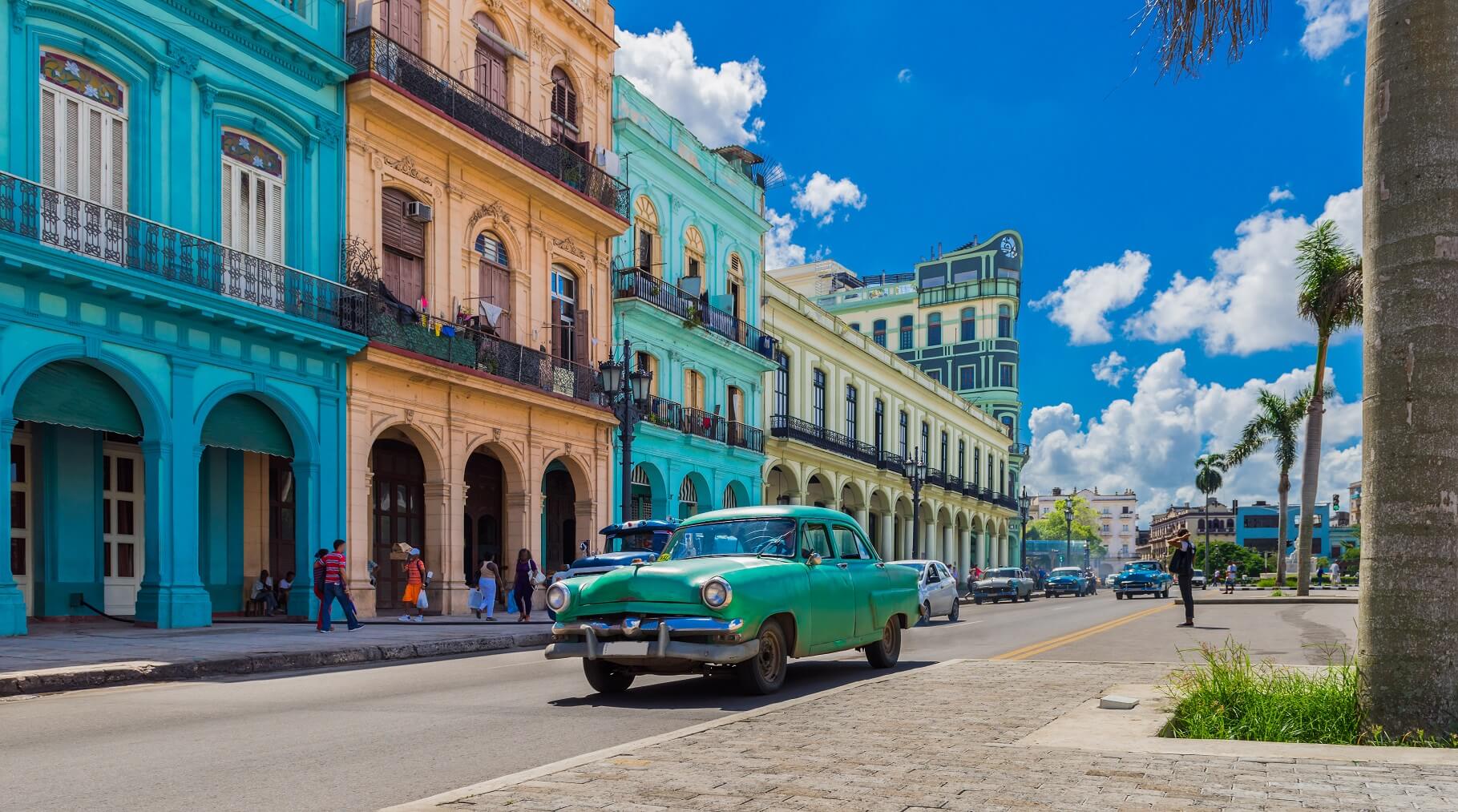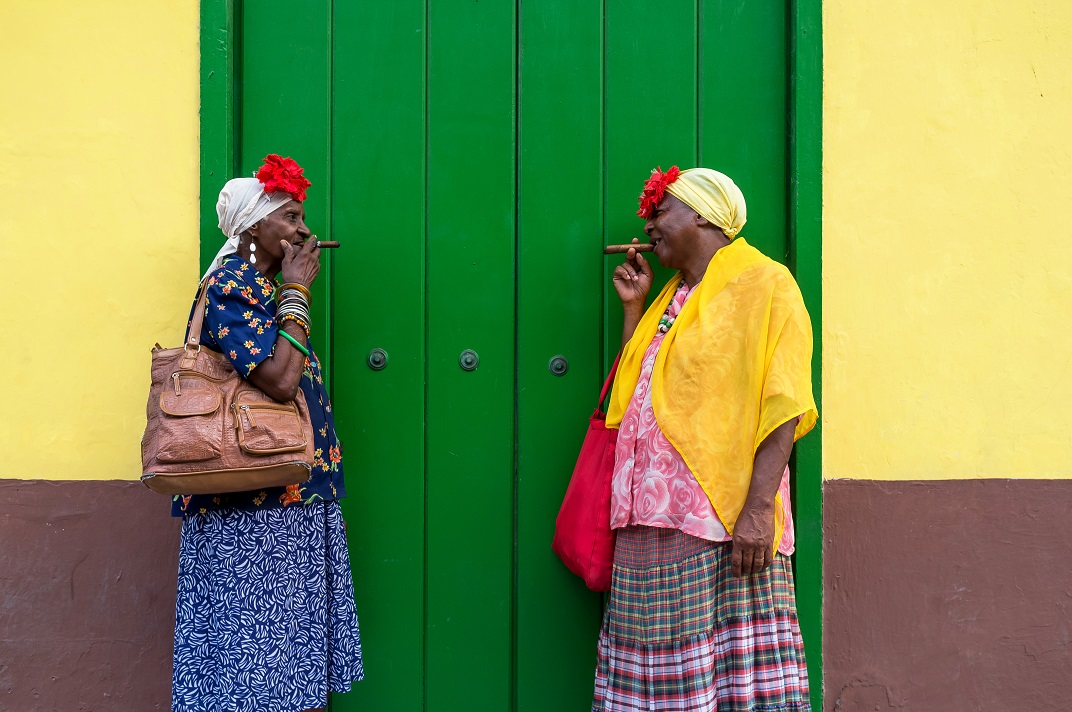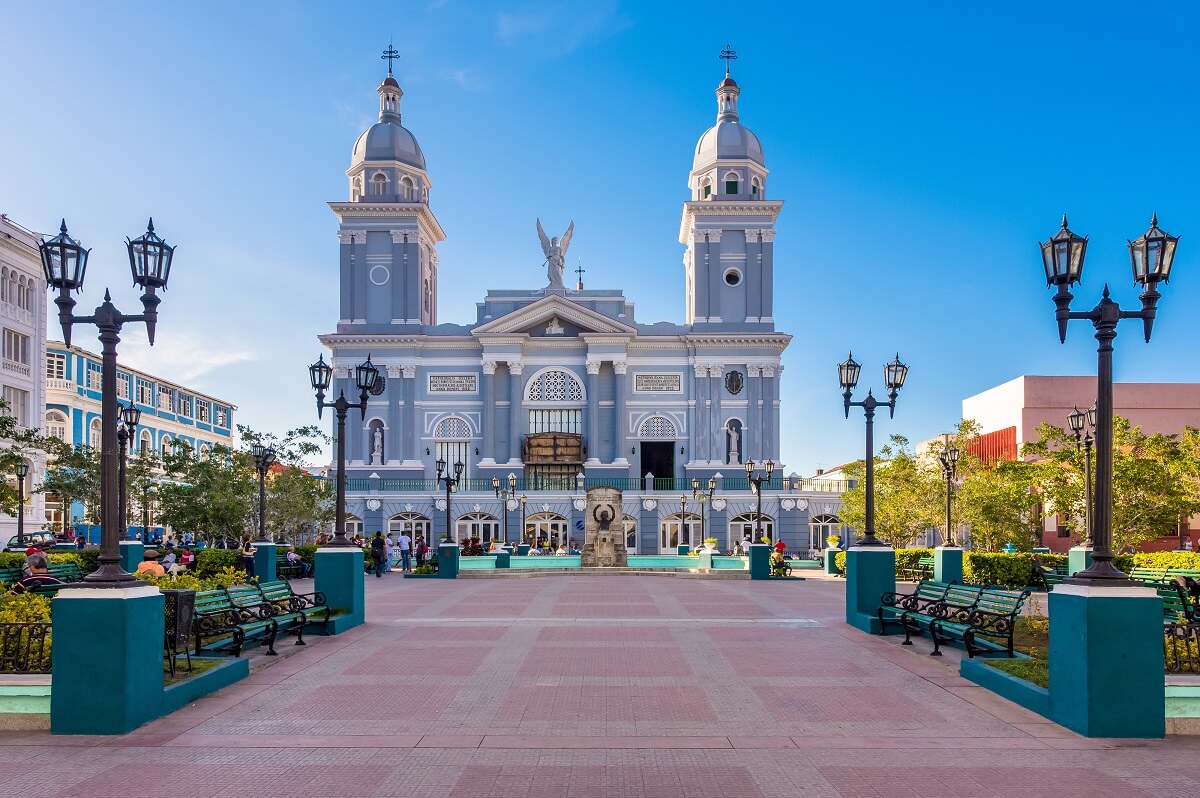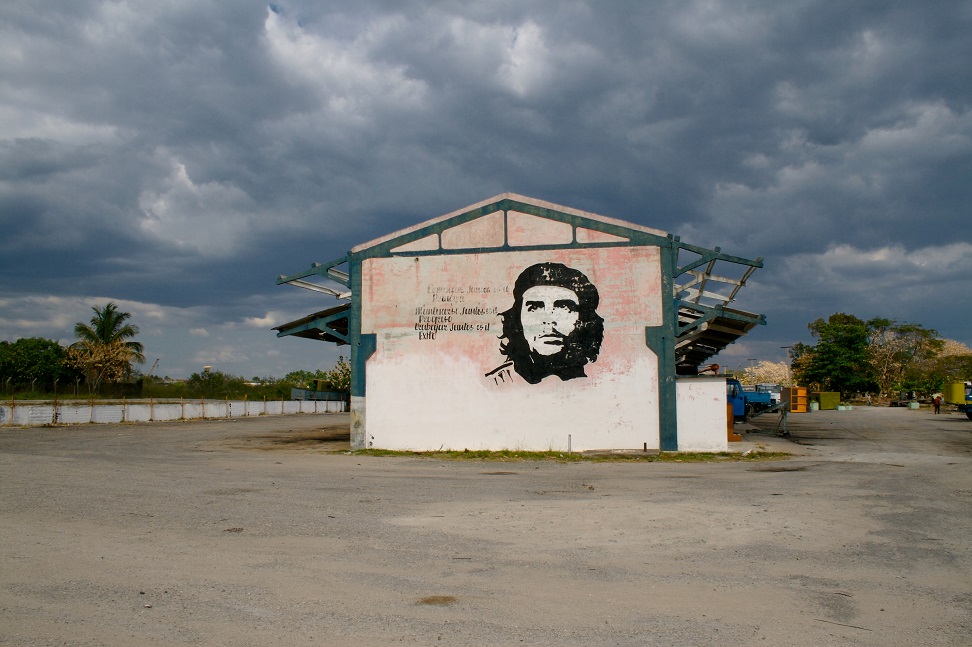Cuba is usually known for its complicated and controversial politics, but this country has plenty of other interesting, fun facts that have nothing to do with the Castro family or a tumultuous political past. Let’s discover the most interesting Cuba fun facts!
1. Home to The Cuban Bee Hummingbird
The Cuban bee hummingbird is the smallest bird species on Earth, a true marvel of miniature avian engineering. These tiny creatures, weighing less than a penny, are endemic to the Guanahacabibes Peninsula in western Cuba. Imagine a bird smaller than your thumb! These incredible creatures can be found flitting among the flowers, their rapid wingbeats creating a humming sound, hence their name.
They are a testament to the incredible biodiversity found on the island, showcasing the remarkable adaptations that allow life to thrive in even the most unexpected places.
2. Ernest Hemingway Found Inspiration in Cuba
Ernest Hemingway, the renowned American author, found solace and inspiration in Cuba. He lived in “La Finca Vigía,” a sprawling estate on the outskirts of Havana, for nearly two decades.
This period proved to be incredibly productive for Hemingway, with masterpieces such as “The Old Man and the Sea” and “For Whom the Bell Tolls” being born during his time on the island. It’s easy to see why Cuba captivated Hemingway – the vibrant culture, the relaxed atmosphere, and the stunning scenery undoubtedly fueled his creativity.

3. Vintage Cars Cruise the Streets of Havana
Cruising down the streets of Havana feels like stepping back in time. You’ll see classic American cars from the 1950s everywhere! The decades-long U.S. trade embargo limited the importation of new cars, leaving these classic beauties to become a beloved part of Cuban culture.
These beautifully restored or creatively adapted cars add a vibrant touch to the urban scenery, creating a unique and nostalgic atmosphere that is truly captivating.
4. Baseball is Deeply Rooted in Cuban Culture
Baseball is more than just a sport in Cuba; it’s a religion. From passionate fans cheering on their local teams to the countless youth leagues nurturing the next generation of stars, baseball is deeply ingrained in Cuban society. It’s no wonder Cuba has produced some incredible Major League Baseball players. The passion for the game is evident everywhere, from the lively discussions in cafes to the impromptu games played in the streets, showcasing the profound impact of baseball on Cuban life.

5. Cuban Cigars: A World Renowned Luxury
Cuban cigars are legendary, renowned worldwide for their exceptional quality, rich flavors, and meticulous craftsmanship. The unique Cuban terroir, combined with the skilled hands of experienced artisans, creates cigars with unparalleled flavor and aroma.
Brands like Cohiba, Montecristo, and Romeo y Julieta are highly sought-after by cigar enthusiasts globally. The tradition of cigar making in Cuba is a testament to the island’s rich cultural heritage and its commitment to producing products of exceptional quality.
6. Jardines de la Reina: The “Galapagos of the Caribbean”
Jardines de la Reina, a pristine archipelago off the southern coast of Cuba, is often called the “Galapagos of the Caribbean” due to its unparalleled marine biodiversity. This remote and largely untouched ecosystem is teeming with life, boasting vibrant coral reefs, diverse fish species, sharks, and even dolphins and whales. It’s a true diver’s paradise, offering an unforgettable underwater experience for those who are fortunate enough to explore its depths.
7. Rum is an Integral Part of Cuban Culture and Tradition
Rum is deeply woven into the fabric of Cuban culture. The island produces some of the finest rums in the world, with Havana Club being a globally recognized brand. From sipping a classic mojito to enjoying a sophisticated rum tasting, rum adds a touch of sweetness to life in Cuba. It’s a spirit that embodies the island’s vibrant culture and has become synonymous with the Cuban way of life.
8. Cuba Prioritizes the Well-Being of Its Citizens
Cuba provides free healthcare and education to all its citizens. This commitment to social equity ensures everyone has access to quality healthcare and education, regardless of their background. This emphasis on social welfare reflects the Cuban government’s commitment to providing a strong social safety net for its people and ensuring that all citizens have the opportunity to thrive.
9. Cuba Once Had a Dual Currency System
For many years, Cuba had a dual currency system: the Cuban Peso (CUP) for domestic use and the Cuban Convertible Peso (CUC) for international transactions and tourism. This complex system was in place to control the flow of foreign currency. However, in 2021, Cuba began phasing out the CUC, moving towards a single currency system. This transition aims to simplify the economic landscape and further integrate the Cuban economy into the global market.

10. Santiago de Cuba: A City Steeped in History
Santiago de Cuba, a historic city on the southeastern coast of the island, played a pivotal role in the Cuban Revolution. This vibrant city remains a symbol of Cuba’s struggle for independence and social justice. Exploring Santiago de Cuba is like stepping back in time, allowing visitors to connect with the island’s rich history and the spirit of revolution that continues to shape its identity.
11. UNESCO Recognizes Cuba’s Rich Heritage
Cuba is home to nine UNESCO World Heritage Sites, showcasing the island’s incredible diversity. From the vibrant Old Havana to the breathtaking Viñales Valley and the Desembarco del Granma National Park, these sites offer a glimpse into Cuba’s rich history and natural beauty. These UNESCO designations highlight the significance of Cuba’s cultural and natural treasures and encourage their preservation for future generations.

12. The CIA and Fidel Castro: A Tense Chapter in History
The Cold War era saw a tumultuous relationship between Cuba and the United States. The CIA reportedly made over 600 attempts to assassinate Fidel Castro, highlighting the intense political rivalry between the two nations. This period of intense conflict left a lasting impact on Cuban-American relations and continues to shape the political landscape of the region today.
13. Voting in Cuba: A Civic Duty for All Citizens
Voting in Cuban elections is not just a right, it’s a legal obligation for all citizens. This emphasis on civic participation reflects the importance of citizen involvement in the political process.
Infographic: 13 Random Fun Facts About Cuba

Check out these other Cuban Culture articles.